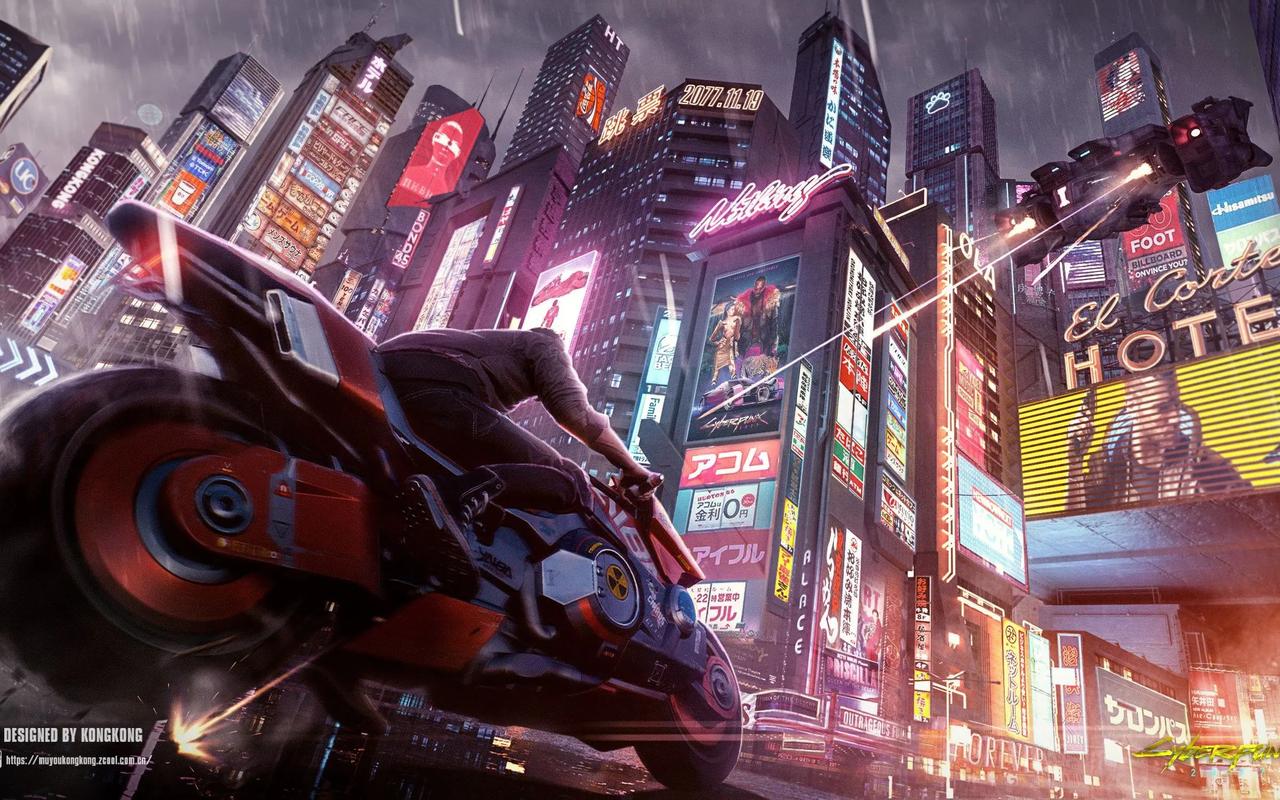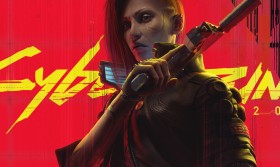StarCraft II: Legacy of the Void Score: A Fitting Finale to an Epic Trilogy
StarCraft II: Legacy of the Void stands not only as the concluding chapter of a landmark real-time strategy trilogy but also as a masterclass in how video game music can elevate narrative, define tone, and emotionally invest players in a universe’s ultimate fate. The score, composed primarily by the talented Jason Hayes with contributions from Glenn Stafford, Derek Duke, and Neal Acree, serves as the sonic culmination of a saga two decades in the making. It is a powerful, cohesive, and deeply resonant work that masterfully weaves together the musical identities of the Protoss, Terran, and Zerg while forging a new, epic path for the finale.
From the opening moments, the score establishes a tone of profound gravitas and impending resolution. The main theme, introduced in tracks like "Legacy of the Void," is a monumental piece built on a foundation of soaring choirs, pounding war drums, and triumphant brass fanfares. This is a significant departure from the darker, more mysterious tones that characterized much of the Protoss music in the original StarCraft and Brood War. Here, the Protoss are not a dying race clinging to tradition; they are unified, resolute, and launching a desperate, last-ditch counter-offensive against the apocalyptic threat of Amon. The music reflects this shift perfectly—it is music of last stands and newfound hope, of ancient power harnessed for one final, glorious battle.
A key strength of the Legacy of the Void score is its expert use of leitmotifs. Composers seamlessly integrate and re-orchestrate themes from the entire franchise, creating a rich tapestry of auditory nostalgia that rewards long-time fans. The iconic Terran theme, often associated with Jim Raynor’s resilience, appears in more heroic and determined arrangements. The sinister, organic dissonance of the Zerg themes is often twisted further to represent the corrupted forces of Amon, creating a familiar yet more terrifying auditory enemy. Most importantly, the ancient and melodic Protoss motifs, first composed by Glenn Stafford years prior, are brought to the forefront and expanded upon. They are no longer just ethereal and mysterious; they are now full-throated, powerful, and martial, representing the Khala’s unity and the raw power of the Spear of Adun.
The score excels in its dynamic range, effortlessly shifting between intimate character moments and colossal set-piece battles. Tracks like "The Infinite Cycle" and "Sacrifice" feature haunting, sorrowful vocals and sparse instrumentation, capturing the weight of history and the personal sacrifices of characters like Artanis, Zeratul, and Fenix. These quieter moments make the explosive action sequences all the more impactful. In battles, the music becomes a relentless engine of rhythm and melody. Pulsating electronic elements, a hallmark of the StarCraft II soundtracks, are fused with traditional orchestration and choir to create a uniquely futuristic and adrenaline-pumping sound. Tracks accompanying mission gameplay are designed to be endlessly engaging, driving the player forward with complex rhythms and layered melodies that never become repetitive or overwhelming.
Furthermore, the score plays a crucial role in world-building and cultural representation. The music for the Tal’darim, a splinter Protoss faction, is a brilliant creation. It takes the familiar Protoss melodic language and distorts it with aggressive rock guitar riffs, deeper chants, and a more primal, percussive drive. This instantly communicates their savage, hierarchical, and fanatical nature without a word of dialogue. Similarly, the music for the new Xel’Naga elements is appropriately awe-inspiring and alien, filled with shimmering textures and vast, cosmic harmonies that suggest an immense, ancient power beyond mortal comprehension.
The final act of the game, and its corresponding score, is a tour de force. As the narrative converges and the combined forces of the Koprulu Sector launch their assault on the Void itself, the music reaches its apex. It’s a symphonic culmination of every theme and struggle, perfectly mirroring the on-screen spectacle. The music here is not just accompaniment; it is the emotional heartbeat of the conclusion. It conveys the scale of the victory, the tragedy of the losses, and the bittersweet nature of a war won at a tremendous cost.

In conclusion, the score for StarCraft II: Legacy of the Void is a monumental achievement in video game composition. It successfully fulfills its dual purpose: serving as a functional, motivating force for gameplay and as a profound narrative device that brings the epic StarCraft II trilogy to a emotionally satisfying and sonically spectacular close. Jason Hayes and his team did not merely write music for a game; they composed a grand opera for a science fiction universe, honoring its past while boldly sounding its final, triumphant note. It remains a benchmark for how to conclude a epic story through the powerful and universal language of music.
















